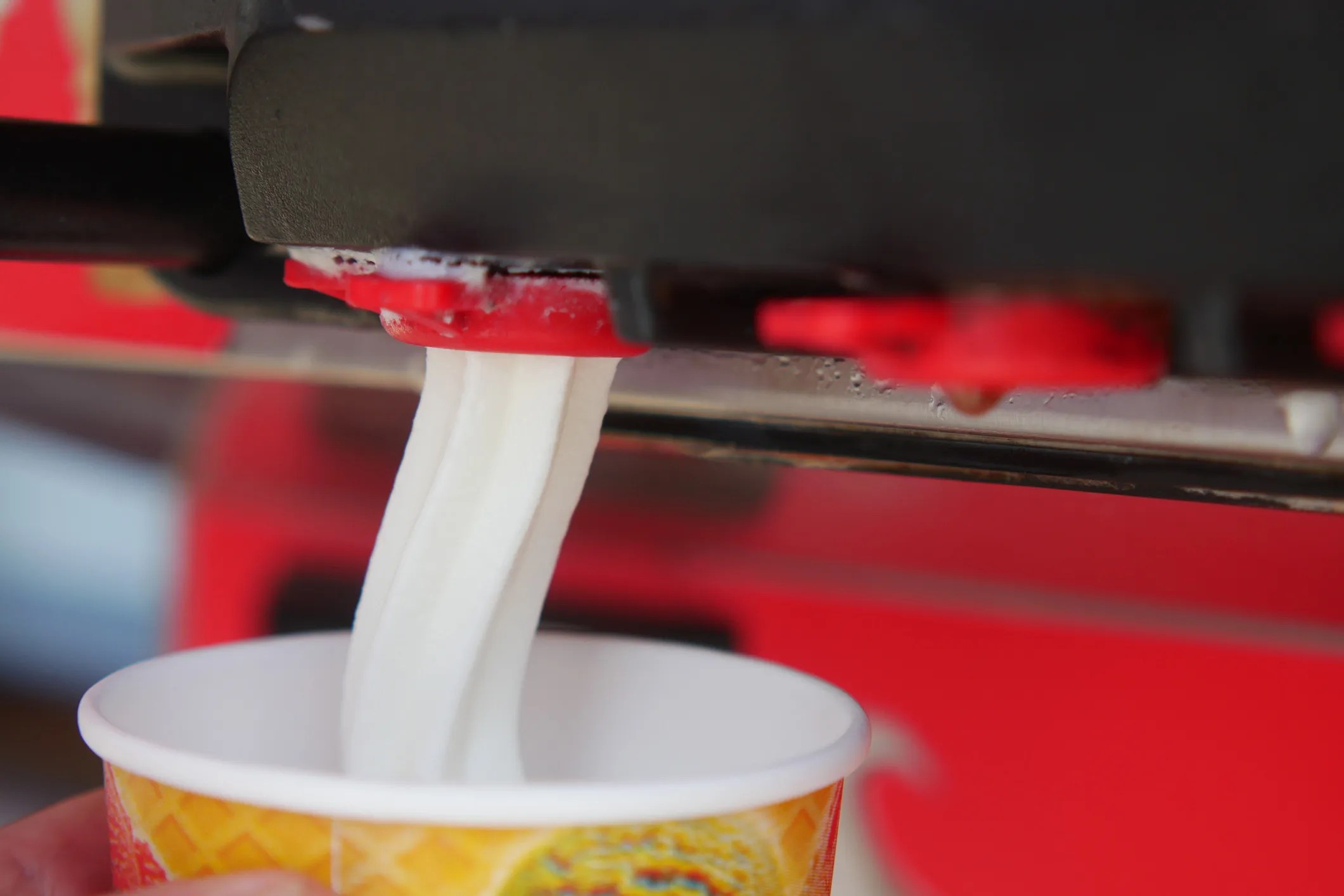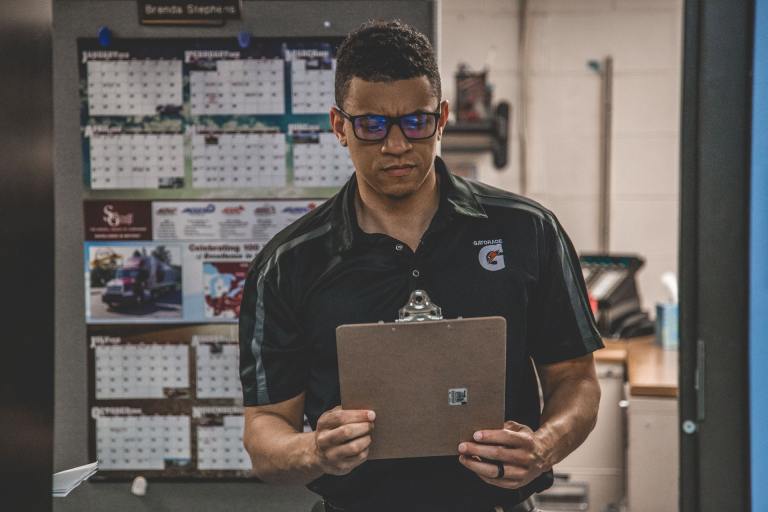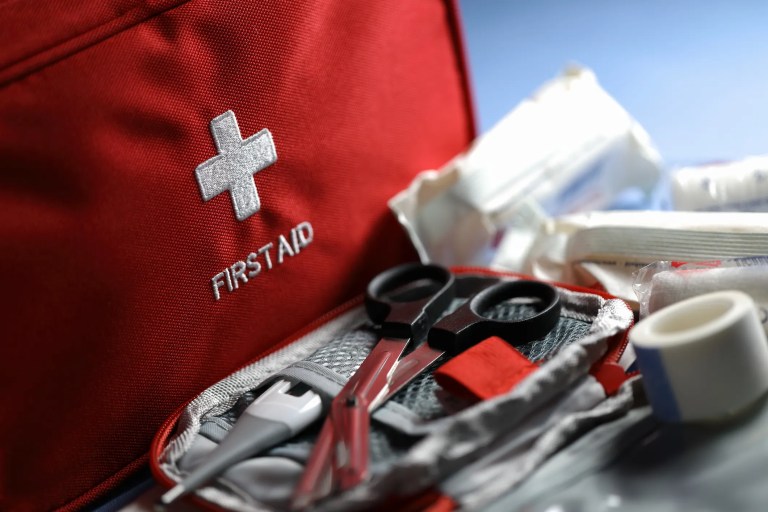NSF/ANSI 6-2023: Dispensing Freezers

In the times before fridges and freezers, ancient civilizations utilized nature to preserve food. They insulated pits with saw and sand (in order to keep warm air from getting in) and packed them with ice and snow from nearby mountains or other cold areas. They then filled the pits with food and drinks. Nowadays, to freeze items requires no physical labor, and instead, we rely on the use of a refrigeration cycle to maintain a frozen environment. NSF/ANSI 6-2023: Dispensing Freezers sets requirements for the materials, design, construction, and performance of dispensing freezers used in food service.
Importance of Dispensing Freezers
Dispensing freezers—specialized type of freezers designed to process, freeze, and dispense frozen products—are essential for businesses that serve frozen products, especially in the food service industry, such as ice cream shops and restaurants. Dispensing freezers play a crucial role in maintaining the quality and safety of frozen product. To help assure food safety, NSF/ANSI 6-2023 establishes requirements for dispensing freezers.
What Is NSF/ANSI 6-2023?
By specifying requirements for materials, design, and construction, NSF/ANSI 6-2023 focuses on assuring that the food safety and sanitation of dispensing freezers. This American National Standard contains requirements for the following equipment:
- Dispensing freezers that process and freeze previously pasteurized product (e.g., soft ice cream, ice milk, yogurt, malts, custards) and dispense it directly into the consumer’s container
- Dispensing freezers that dispense premanufactured frozen product (e.g., ice cream) directly into the consumer’s container; and batch dispensing freezers
Essentially, this includes heat treatment dispensing freezers that process and dispense previously pasteurized frozen dairy products by batch or continuous feed directly into the customer’s container.
History of the Freezer in Early America
The history of the freezer in early America involves technological innovation that evolved from early food preservation methods to the development of mechanical refrigeration. Originally, cold storage systems were located underground. Archeologists discovered a seven-foot pit in Jamestown that is believed to be modeled after an English-style ice pit. It is also believed that there could have been a hut built over the pit to trap cold air, helping preserve perishable items (e.g., meat), packed in ice and straw for insulation.
Furthermore, a more elaborate icehouse— insulated buildings that stored large blocks of ice—was found at the former site of the President’s House in Philadelphia: Robert Morris Residence. This octagon-shaped pit, built in the 1780s, has a stone lining to reduce heat loss, and it would have contained ice brought from a nearby body of water, such as lakes and rivers.
In the early 1800s, the natural ice harvesting industry in America began to take off. Frederic Tudor, the “Ice King” of Boston, pioneered the commercial ice trade. The process of ice harvesting looked somewhat similar to crop harvesting as horses pulled plow-like ice cutters across frozen lakes and ponds. To cut the ice, snow would be cleared from the surface and the ice was measured, ensuring it would be thick enough (i.e., at least eight inches). The “Ice King” shipped natural ice from New England to the Caribbean, India, and American cities.
By the end of the 1800s, iceboxes became commonplace in American households. Iceboxes were wooden cabinets lined with zinc or tin, insulated with sawdust or cork, and cooled with blocks of ice. By this point, cold had become the clear choice among food preservation methods, proving less labor-intensive and more effective at preventing spoilage.
The increasing popularity of frozen foods drove the need for dedicated frozen storage at home. This led to the introduction of larger freezer compartments within refrigerators and as separate “deep freeze” units in 1940, helping eventually spur the invention of dispensing freezers that we rely on today to enjoy a frozen treat at the end of dinner.
NSF/ANSI 6-2023: Dispensing Freezers is available on the ANSI Webstore as well as in the following Standards Package: NSF Food Equipment Complete Set.







Very well presented. Every quote was awesome and thanks for sharing the content. Keep sharing and keep motivating others.